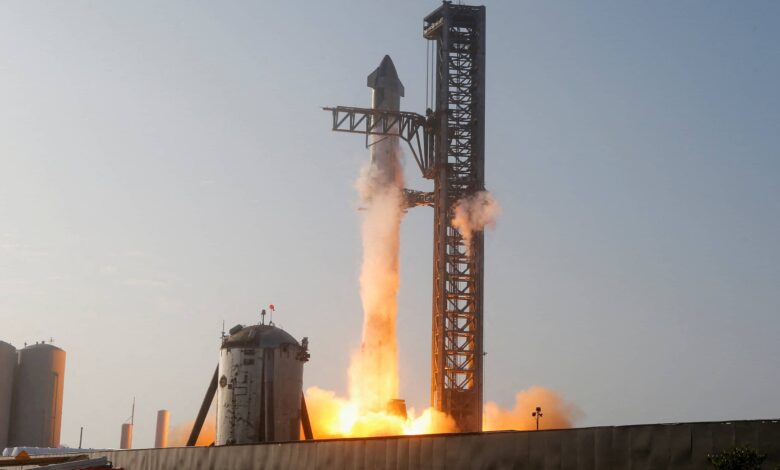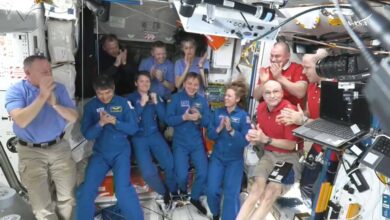
In a landmark decision, NASA has chosen Elon Musk’s SpaceX to oversee the deorbit of the International Space Station (ISS) once its mission ends in the coming decade. The California-based aerospace company will be responsible for developing a vehicle capable of safely guiding the 430-tonne orbiting laboratory into the Pacific Ocean.
The contract, valued at up to $843 million (£668 million), was announced on Wednesday and marks a significant step in the transition of low-Earth orbit operations to the private sector. The first elements of the ISS were launched in 1998, and continuous crewed operations have been ongoing since 2000.
“Selecting a US De-orbit Vehicle for the International Space Station (ISS) will help NASA and its international partners ensure a safe and responsible transition in low Earth orbit at the end of station operations,” said Ken Bowersox, NASA’s director of space operations.
This decision also supports NASA’s plans for future commercial destinations and allows for the continued use of space near Earth.
The ISS partners, which include the United States, Russia, Europe, Canada, and Japan, have all agreed to fund the station through 2030, with Russia’s involvement set to extend until at least 2028. However, plans need to be in place for the eventual disposal of the aging laboratory, as it would pose a significant risk if it re-enters the atmosphere uncontrolled.
While the specific design of the “tug boat” vehicle has not been released, it will require considerable thrust to safely guide the station into the atmosphere in the right place and at the right time. Given the station’s sheer size and mass, some structures and components are expected to survive the heat of re-entry and make it to the surface.
NASA is hopeful that by the time the ISS is deorbited, several private consortia will have established commercial space stations, allowing the focus of the space agencies to shift towards the development of the Lunar Gateway project. This platform will orbit the Moon.



